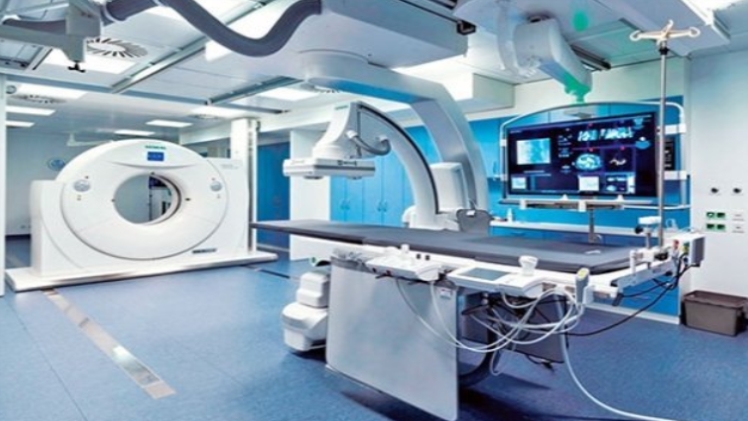Machines controlled by computer numerical control (CNC) are becoming increasingly common in industry and manufacturing. A large number of manufacturers are saving both time and money by incorporating CNC machines into their workshops and manufacturing facilities. The advantages of this automated production method include the ability to develop and manufacture products more quickly, greater and guaranteed accuracy, and the elimination of errors caused by human intervention. When you use a CNC turning lathe, router, or milling machine, you simply feed information about the item to be produced from your computer-aided design (CAD) system. The CNC machine will take care of the rest, completely automatically.
In addition to being beneficial in the manufacturing industry, CNC machining is beneficial in a variety of other industries as a result of its cost-effectiveness and time-saving abilities. Another field in which these devices can be used is the medical field, where they can be found in a variety of settings and have a variety of functions. A few examples of how CNC is used in the medical industry are provided below.
Using CNC parts, rather than the traditional methods that were previously used, hip replacements, which are a common procedure but one that requires invasive surgery and a lengthy recovery period, have been made significantly more accurate. The CNC hip replacements have a more accurate shape and last longer than traditional hip replacements. They can also be made much more quickly than traditional hip replacements. In addition to removing the possibility of human error, the possibility of a second operation is eliminated, making the decision to proceed for the patient significantly easier to make than it would otherwise be.
Dental technicians must precisely duplicate the shape and size of a cavity or other area that requires a filling, a crown, a veneer, or any number of other procedures in order to complete the procedure. The fact that these parts are small and delicate means that CNC technology combined with modern 3D imaging techniques allows them to be produced with an accuracy that was previously unattainable, making life much easier for both patients and the dental professional involved.
Due to the nature of the work, patients who required metal or other implants in their bodies, such as those for bone strengthening or replacement, had to be fitted with carefully hand-crafted items that were time-consuming and only partially accurate. The use of 5 Axis CNC Machining Services enables even the smallest or most complex implants to be manufactured quickly and with incredible accuracy, allowing the procedure to be completed in less time and at a lower cost to the hospital or medical professional performing the procedure.
In fact, CNC machining is developing at such a rapid pace that it is now being used in the production of prosthetics, among other applications, as previously mentioned. It is possible to produce complete prosthetic limbs with minimal time and expense by employing computer numerical control (CNC) technology. This results in significant savings in terms of time, money, and material consumption. It goes without saying that the advantages of CNC in medical settings are obvious, as the human error has been eliminated and accuracy has been greatly improved.
Those are just a few of the numerous applications in which CNC machining is being used in the medical industry, and it is expected that as more and more avenues are explored, it will become far more commonplace in the future. The cost and time savings that result, as well as the increased levels of accuracy, are extremely advantageous in today’s fast-paced world. When it comes to medical equipment materials, there are many different specifications to choose from. Examples include surgical instruments, which require materials that are both long-lasting and suitable for use in a specific environment. With the use of medical CNC machining technology, CNClathing. com has the capability of manufacturing a wide range of custom or specific medical machined parts that can be used in a variety of different structural configurations.

